This past May, ECS presented Dr. Henry White with the first ever Allen J. Bard Award at the 227th ECS Meeting in Chicago. A former student of Bard himself, Dr. White has worked with his research team to advance new methods to determine the structure of biological polymers like DNA, develop novel batteries with increased energy storage capacity, and investigate the delivery of drugs through human skin via electrical currents. ECS is delighted to begin the tradition of the Allen J. Bard Award so auspiciously.
Yet, the inaugural presentation of the Bard Award at the 227th ECS Meeting was also a culmination: the satisfying conclusion to a story of hard work and generosity and the enduring connection between an educator and the lives he impacted. The desire to create an award in honor of Dr. Bard first arose in May 2013. Through the generous outpouring of many of Bard’s former students, ECS was able to fully endow the award in only two years. Thanks to this support, the Allen J. Bard Award will continue to honor the achievements of outstanding electrochemists for years to come. Below, please see a timeline of the Allen J. Bard Award, including some of Dr. Bard’s major accomplishments.
To further celebrate the impact of Dr. Bard, ECS now hopes to establish a symposium in his honor, which will occur in conjunction with the presentation of the award. Topics for the symposium will be guided by the award winner and by that spirit of creativity and intellectual adventurousness characteristic of Bard and his work.
To support the Bard Award endowment, please consider donating online.


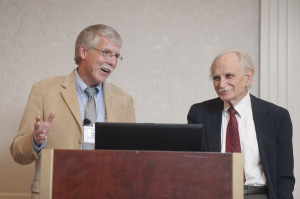
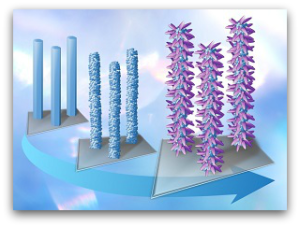
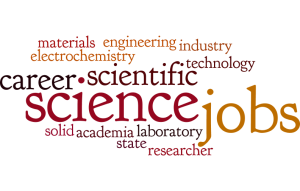
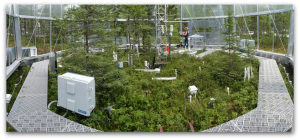
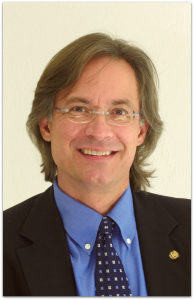
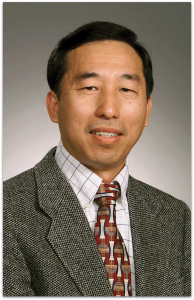
![As title length increases, the number of citations typically decreases. [Click to enlarge]](https://www.electrochem.org/wp-content/uploads/2015/08/title-vs-popularity-300x221.jpg)